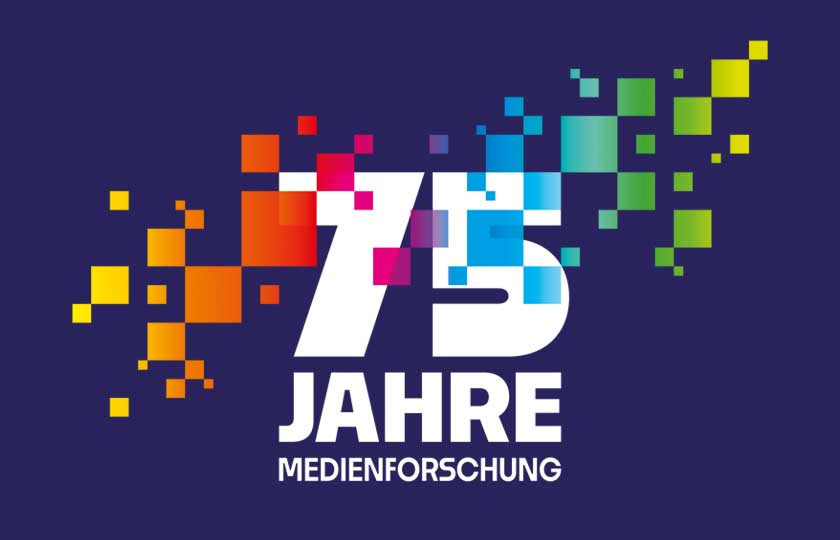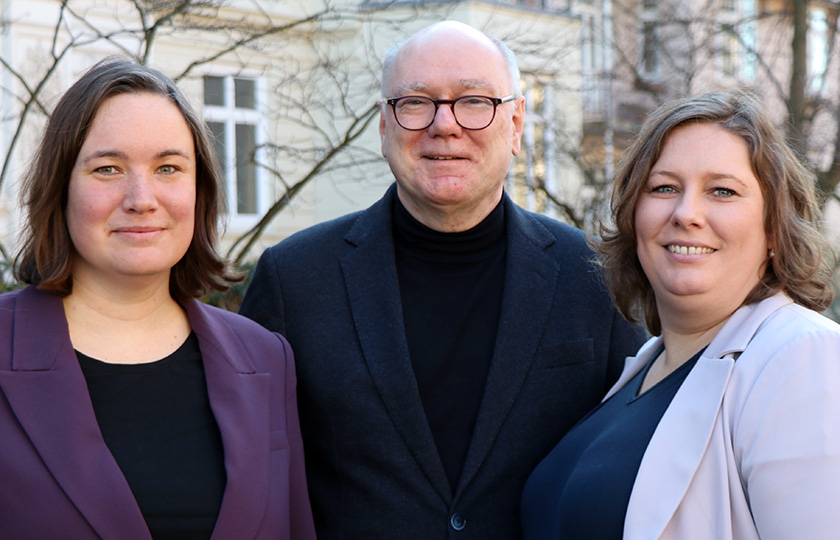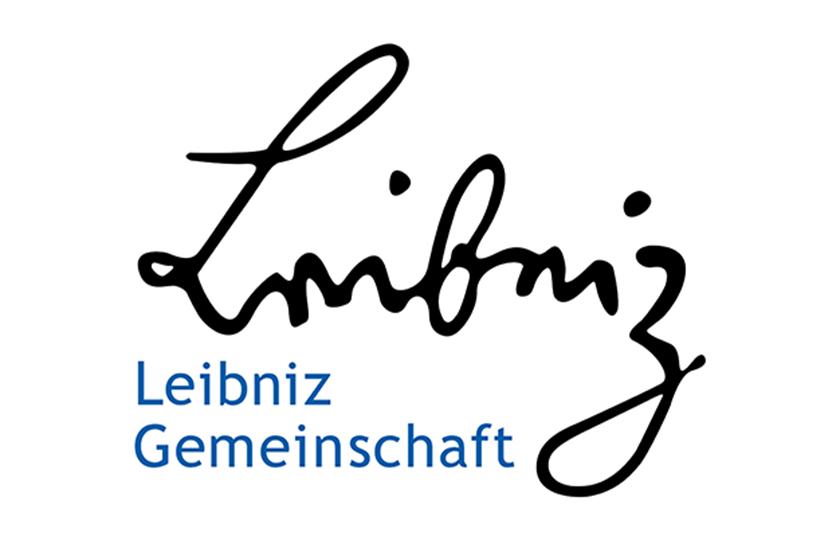Veröffentlicht am: 08.07.2024
Pressemitteilungen


Children’s Media Biographies Are Becoming Increasingly Individualized
The media worlds of children and young people have changed significantly in recent years. While the first smartphone still plays a central role, the use of individual media and the order in which they are purchased or made available varies. These changes result in more diverse media ensembles and individualized media biographies for children.


Young People on TikTok – Between Appreciation and Resistance
Young people often use TikTok as a news source, but are not always aware that they may be exposed to various forms of manipulation through the TikTok algorithm. A new qualitative #UseTheNews study by the HBI shows how teenagers and young adults use the platform and interact with the algorithm.


German Findings of the Reuters Institute Digital News Report 2025
Trust in the news remains high in Germany. 45% of the adult online population believes that most news is generally trustworthy. At the same time, the majority of respondents believe that news produced by humans is more trustworthy than news generated by AI.


From Radio to AI: Hans-Bredow-Institut Celebrates 75 Years of Media Research
The HBI is celebrating its 75th anniversary with a reception hosted by the Senate and a scientific event. Since the institute's founding in 1950, the media landscape has undergone significant changes. Through its research, the institute has kept pace with these changes and contributed to scientific development, as well as to the goal of providing relevant knowledge to politics, regulation, business, and civil society.


Use and Perception of Generative AI for Searching Information in Germany
The research project "Generative Artificial Intelligence for Information Navigation" has examined how, why, and for what purposes the German population uses generative artificial intelligence (AI) in applications such as ChatGPT or Google Gemini. The findings are presented in two videos, a report and a podcast.


Judith Möller Appointed to the Board of Directors at the HBI
Prof. Dr Judith Möller will be the new director of the HBI from March 2025. This was decided by the Institute's Board of Trustees on 20 January 2025. Judith Möller holds the Chair of Empirical Communication Research, especially Media Use and Social Media Effects, which the HBI established together with the Universität Hamburg. With her appointment, she also becomes a member of the Foundation's Board of Trustees, which currently consists of Director Prof. Dr. Wolfgang Schulz and Commercial Director Kristina Hein.


When Filtering Distorts Body Image
Due to beauty filters, young people are often confronted with unrealistic beauty ideals on social media. This can lead to body image disorders as well as eating disorders. So should edited images be labeled? Not a good idea, says an expert opinion by the HBI on behalf of the KJM: The legal requirements for an enforceable legal regulation are high, and the positive effects of labeling are controversial. Instead of a legal labeling requirement, the algorithms of the platforms could be adapted to promote more diverse and realistic body representations.


Year of the News Well Received
The “Year of the News” has received a remarkable response in Germany: almost one million accounts reached on Instagram and TikTok, over 4,000 teenagers and young adults at nationwide news camps, and a successful advertising campaign under the motto “News that is true instead of stirring up sentiment”. Together, media houses and civil society have successfully worked to promote news literacy among young target groups.


Broadcasting Pieces by Siegfried Lenz
Hans-Ulrich Wagner spent five years researching in archives and now presents in three volumes everything the famous author Siegfried Lenz wrote for radio, mostly for NDR, between the 1950s and 1970s.


Funding for the HBI Continues
The joint funding of the Leibniz Institute for Media Research | Hans-Bredow-Institut (HBI) by the federal government and the Länder is to be continued. This was recommended to the federal government and the Länder by the Senate of the Leibniz Association on 26 November 2020.


HBI Receives Extensive Funding from Federal And State Governments
The HBI will receive additional funding of 10.3 million euros for the funding period 2026 to 2029. In addition, the institute's basic budget will be permanently increased by 3.3 million euros from 2030. This was decided by the Joint Science Conference (GWK) in Cologne on November 22.


How Can We Make the Digital World a Safer Place for Children?
On the International Day of Children's Rights on 20 November, the joint project Security for Children in the Digital World (SIKID) is publishing a compass. This offers specific fields of action and options for strengthening the security of children in the digital space.


Research Institute Social Cohesion Enters Second Funding Phase
The Federal Ministry of Education and Research (BMBF) continues its funding of the Research Institute Social Cohesion (RISC) with its eleven sections. The Hamburg RISC section at the Leibniz Institute for Media Research | Hans-Bredow-Institut is analyzing the interplay between media and social change in several projects.


Working Together for Young Scientists in Digitalization Research
Germany's internet institutes are strengthening their collaboration. The Bavarian Research Institute for Digital Transformation (bidt), the Center for Advanced Internet Studies (CAIS), and the Weizenbaum Institute for the Networked Society (WI) have included the HBI in their academic career advancement program.


People Who Use Media Also Trust Them – But Not Unconditionally
In Germany, trust in established news sources can best be explained by age: Older internet users tend to place more trust in the news than younger ones.


First Complete Account of the History of dpa Published
Hans-Ulrich Wagner has published the first scientifically sound and comprehensive account of the history of the German Press Agency (dpa).


Automation of Social Communication
The HBI, the Centre for Media, Communication and Information Research (ZeMKI) at the University of Bremen and other research institutions in Graz and Vienna have successfully acquired a Research Unit from the German Research Foundation (DFG) on the topic of "Communicative Artificial Intelligence (ComAI)”.


More Perspectives Desired in the News
Two thirds (66 percent) of adult internet users in Germany expect the news media to offer them different perspectives on current topics, but less than half (43%) consider this to be well fulfilled.


News Fatigue in Germany on the Rise
Interest in news continued to decline in 2023. 52 per cent of adult internet users in Germany say that they are extremely or very interested in news.

